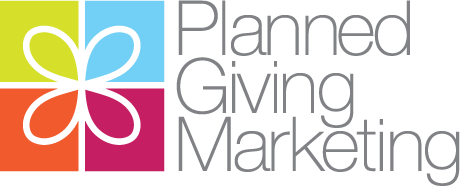Learning from Gen Z and Planned Giving Marketing
Serial entrepreneur, international speaker, and soon-to-be published author, Andrew Rosenstein, popped into my office yesterday to show me the outline of his work in progress, “Understanding the Drive of a Rising Generation.”
You probably have never heard of Andrew, but something tells me that might change in the not-too-distant future.
After listening to him, I realized there is a connection between Gen Z and planned giving marketing.
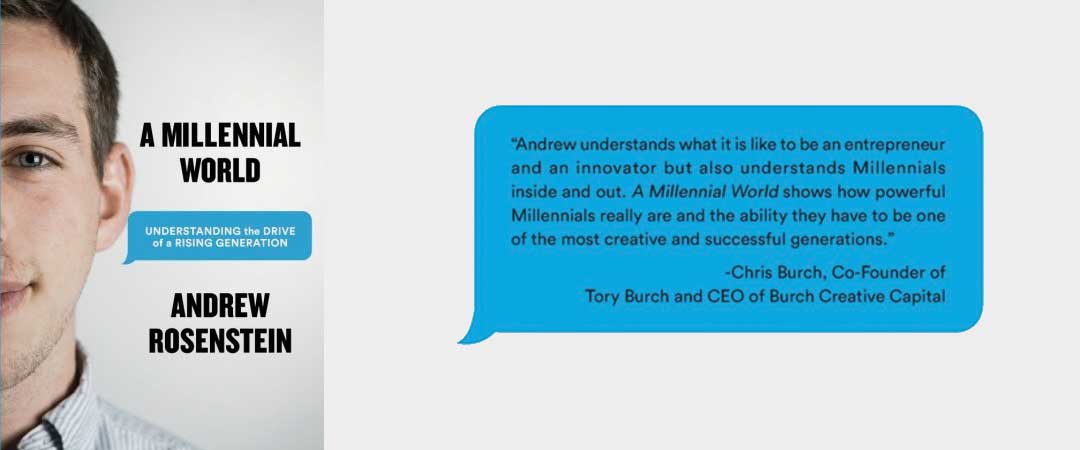
I’ve known Andrew since he was a pre-school prankster wreaking havoc on playdates. Before I blinked, there he was, all grown up.
Andrew (now 17) is emerging as a thought leader for Generation Z, the just-being-defined generation that follows the Millennials – the cohort that’s coming of age right now.
We didn’t have time to delve deep. I was between meetings with our marketing team, and Andrew had a conference call with his editor. “So Andrew, as a marketer, what’s the one thing I need to know about Gen Z and planned giving marketing?”
Andrew didn’t hesitate, “The BS filter is on!”
He elaborated, “You know how your daughters are way into Snapchat and not into Facebook or Instagram? It’s because you can’t edit Snaps. Snapchat is real. It’s fast. No BS. It’s Authentic.”
AHA! It’s Authentic! I get it!
He went on to explain what was happening under my roof and right before my eyes, but I was never able to wrap my head around.
Marketing and media messages are coming in fast and furious, and my teenage daughters’ schedules are jammed packed with school, work, social and recreational commitments. Rarely are they sitting around taking in long form communications, and when they do, they’re still multi-tasking.
One hand is on the remote fast forwarding through the commercials and the other is on the phone skipping through the unwanted garbage.
You want to get their attention? Your point better be concise, compelling, and above all, AUTHENTIC.
It all made a little more sense. (I stop short of saying complete sense because, after all, we’re talking about teenagers.)
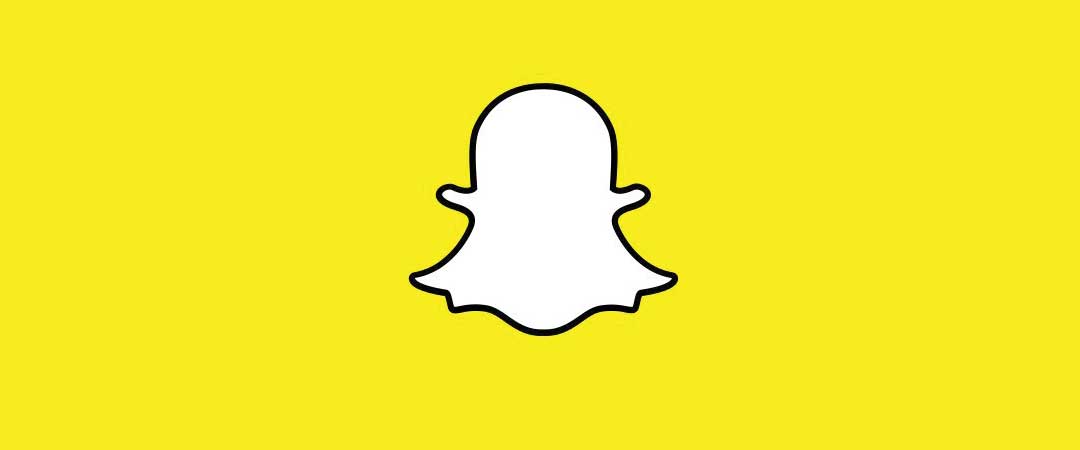
Generation Z and Marketing
So what do snapchat and Gen Z have to do with planned giving marketing, bequests, and gift annuities for non-profits? Actually, a lot more than meets the eye.
Gen Z is an extreme example of how the brain responds to marketing. The immediacy of communication directly affects the urgency to process it and move on. This constant urgency has literally changed their brains’ sensitivity to BS. Their “junk” meter is on high alert–and it recognizes junk in a split second.
But this onslaught of marketing messages also affects older generations, albeit at a somewhat slower pace.
Grandma and grandpa may not be Snapping between bites at dinner, but they consume and digest advertising messages at a much faster rate than ever before.
Your job is to get their attention in the middle of all these messages.
How do you do it?
You’ll be glad to know, it’s not Snapchat! But Gen Z can teach us how to package and present a clear message. Our own planned giving marketing communications must be concise and compelling in order to stand out.
And the most important thing … it must be AUTHENTIC! The BS filter is on!
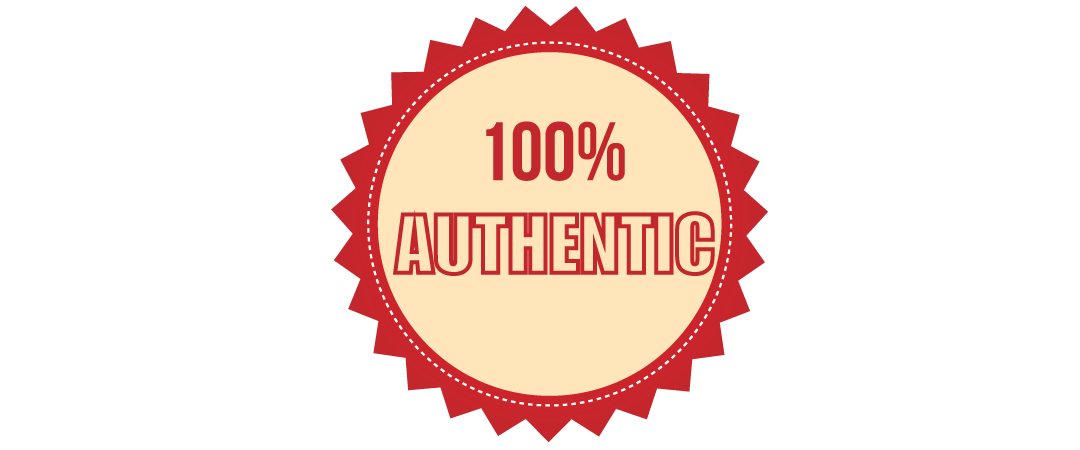
Authentic Planned Giving Marketing
Now, I’m not going to pretend I woud have understood Generation Z’s rabid demand for authenticity before I spoke with Andrew. But I will say, speaking with him helped confirm what we already know about effective marketing.
See, people have ALWAYS responded best to authentic advertisements … whether it’s a magazine ad, a TV commerical, or whatever.
It’s just that now, they respond faster and dismiss BS as dishonest, rather than just a marketing ruse.
That’s why it’s more important than ever before to make sure your planned giving marketing is personal and authentic. That means, use true stories of real donors–your donors!
Donors see right through the templated, mass-produced content. It’s the same content they read from a different nonprofit! Donors recognize that for what it is!
And there’s no reason to go that route anymore. The templated planned giving marketing isn’t easier to use. It isn’t necessarily less expensive or more convenient. And it definitely doesn’t get as good of a result.
Just as Gen Z wants authentic interaction, your donors want authentic communication with you.
Inspire Through Stories
Real-life, power stories of your donors are your best resource for uncovering new prospects. Download this guide to access writing tips that help you inspire your donors through story telling.
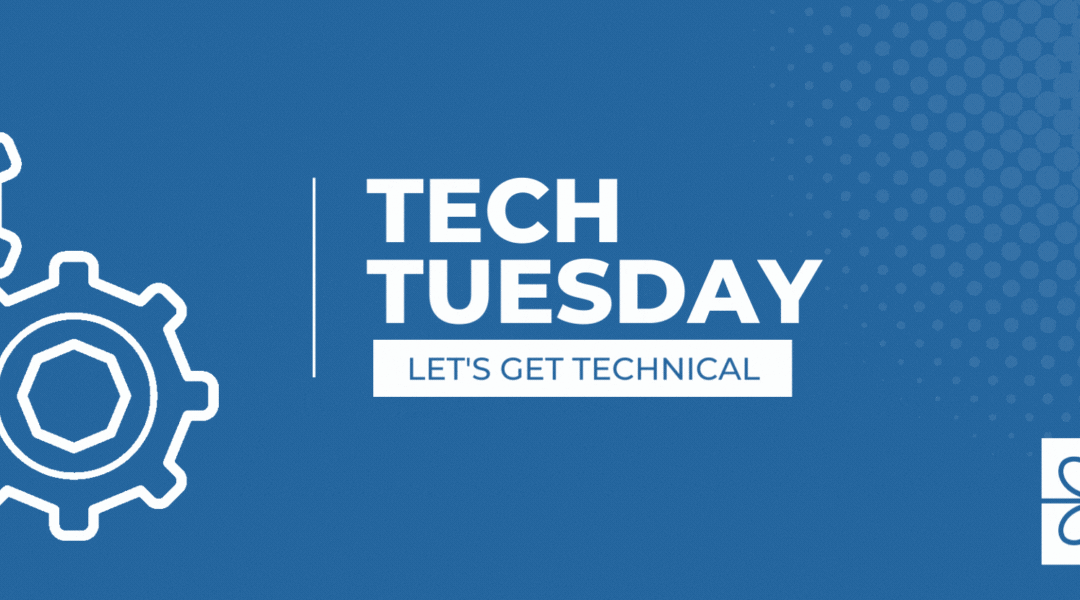
70 ½ vs. 73?
70 ½ vs. 73? We’ve been hearing some confusion from a lot of clients around the age split of 70 ½ vs. 73 for gifting from an IRA. Which is the correct age? What are the rules around each age? When it comes to marketing this great gifting strategy, the problem is both...
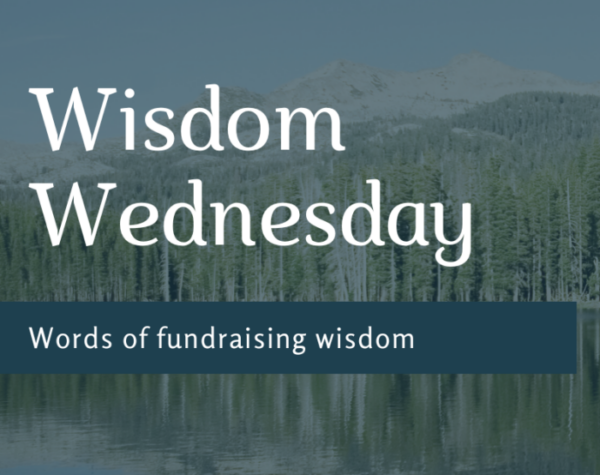
Wisdom Wednesday – Are you 85?
Are you 85? I didn't think so ...We've talked about the mindset of our most senior donors in the past. And we'll most likely talk about it forever. Why? None of us know what it's like to be 85 - unless we're 85.We've all been 16 before. Most of us have even recovered...

Generational Marketing – Traditionalists
Generational Marketing - TraditionalistsTraditionalists include those aged 77+ and will be a key group when it comes to your planned giving outreach.Learning how to communicate with this portion of the population is important for your success. Discovering the nuances...
Tech Tuesday – IRS Discount Rate
IRS Discount Rate With the signing of the Consolidated Appropriations Act of 2023 and the provision referred to as Secure 2.0, there is newfound interest around Charitable Gift Annuities* (CGAs). Because of this we’re all becoming reacquainted with the IRS...
